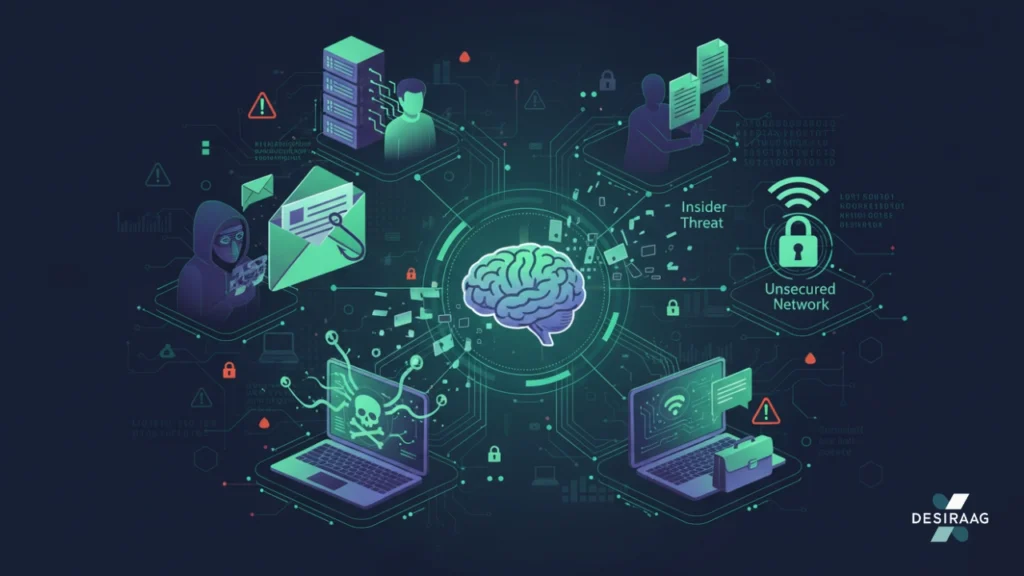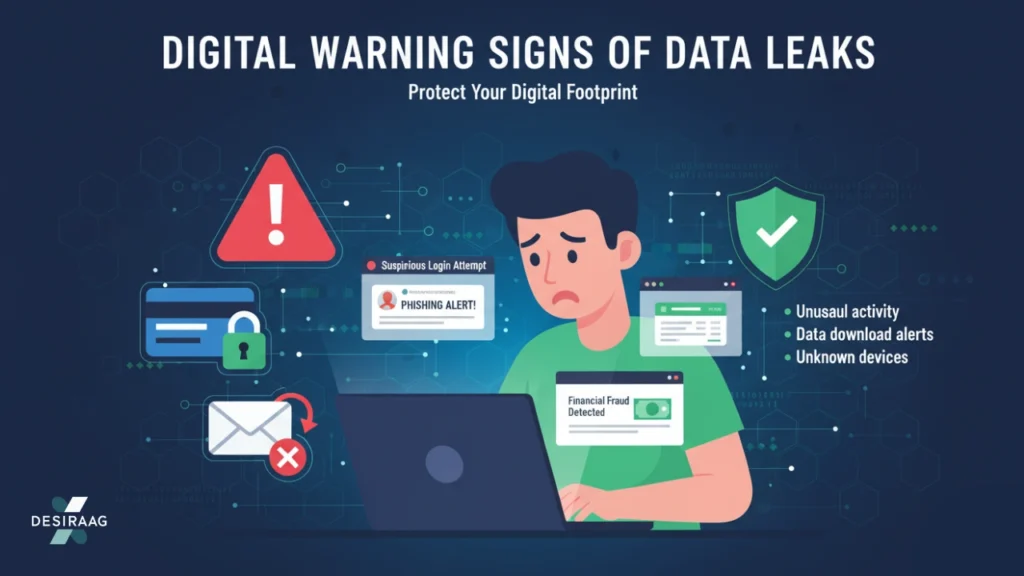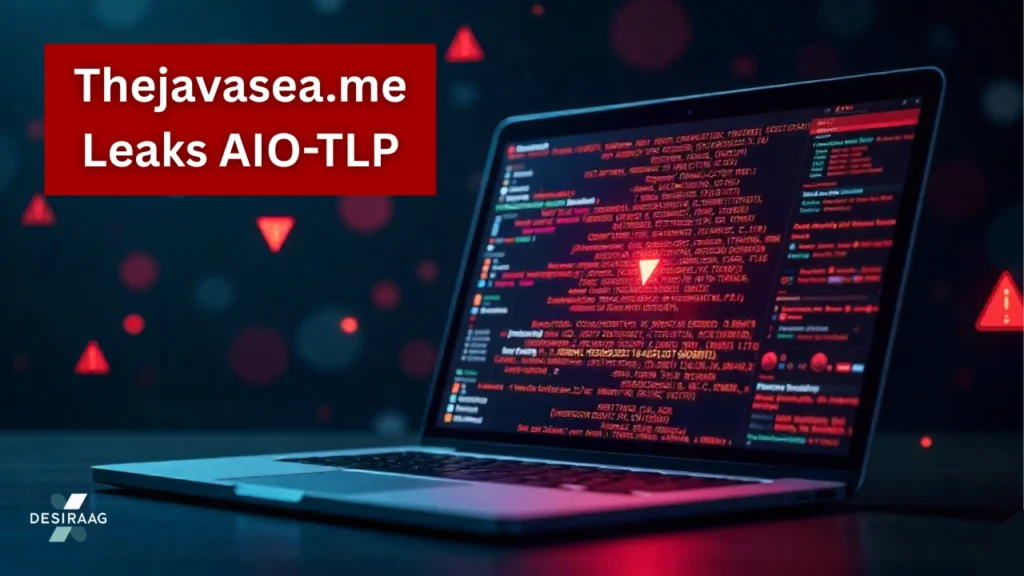The safety of personal and corporate information has become more critical than ever. With cybersecurity breaches on the rise, the term Thejavasea.me Leaks AIO-TLP has recently gained widespread attention. This guide offers a comprehensive look at these leaks, their impacts, associated risks, and practical steps internet users can take to stay protected.
Whether you are a casual internet user or part of an organization, understanding these leaks is essential for maintaining your privacy and digital security.
What is Thejavasea.me Leaks AIO-TLP?
Thejavasea.me is a platform known for hosting and distributing leaked data. The term AIO-TLP, or All-In-One Threat Level Protocol, refers to a system that categorizes sensitive information based on its risk and importance.
When combined, the phrase Thejavasea.me Leaks AIO-TLP describes the unauthorized exposure of data that has been classified under this protocol. The leaks often include:
Also Read
- Personal information such as emails, passwords, phone numbers, and financial details
- Corporate documents, contracts, or trade secrets
- Internal communications and confidential files
The centralized nature of Thejavasea.me makes it a hotspot for cybercriminals to access large volumes of sensitive information in one place.
How the Leaks Happen

Understanding how leaks occur helps users take proactive steps to protect themselves. The primary causes include:
- Data Breaches: Hackers exploit security flaws in websites, applications, or databases to steal information.
- Phishing Attacks: Users unknowingly provide their login credentials through fake emails or websites.
- Malware & Spyware: Malicious programs installed on devices can record sensitive data, like keystrokes and passwords.
- Insider Threats: Employees or associates with access to sensitive information may leak it intentionally or accidentally.
- Weak Security Practices: Using weak passwords, outdated software, or unsecured networks can make users vulnerable.
Who is Affected by Thejavasea.me Leaks AIO-TLP?
The leaks can impact a wide range of internet users, from individuals to large organizations:
| Category | Impact |
|---|---|
| Individuals | Personal details, emails, social media accounts, financial data exposed. |
| Small Businesses | Client information, financial records, and internal communications leaked. |
| Large Organizations | Proprietary data, trade secrets, and corporate strategies at risk. |
| Government & Institutions | Confidential research, sensitive communications, and critical information can be compromised. |
The consequences are not limited to immediate damage; they often include long-term privacy risks, financial loss, and reputational harm.
Advantages and Disadvantages
While leaks are mostly harmful, understanding the pros and cons helps internet users and organizations react appropriately.
Advantages (From an Awareness Perspective)
| Advantage | Explanation |
|---|---|
| Security Awareness | Organizations and individuals recognize weak security points. |
| Cybersecurity Improvement | Leaks push companies to implement stronger security protocols. |
| Research Opportunities | Cybersecurity professionals study breaches to develop advanced protection strategies. |
| Early Detection | Leaks can sometimes reveal hidden vulnerabilities before they are exploited widely. |
Disadvantages
| Disadvantage | Explanation |
|---|---|
| Privacy Breach | Sensitive personal and corporate data is exposed publicly. |
| Financial Loss | Hackers can use leaked data for fraudulent transactions or scams. |
| Identity Theft | Cybercriminals can misuse personal information to commit crimes. |
| Reputation Damage | Companies and individuals can face public backlash. |
| Legal Consequences | Using or sharing leaked data can lead to lawsuits and criminal charges. |
How to Protect Yourself from Leaks
Protecting yourself and your data is crucial in the age of digital leaks. Here are practical steps:
1. Use Strong, Unique Passwords
- Avoid using simple passwords like “123456” or “password.”
- Consider using passphrases or random combinations of letters, numbers, and symbols.
- Password managers like LastPass or 1Password can help securely store complex passwords.
2. Enable Two-Factor Authentication (2FA)
- 2FA adds a second layer of security, such as a code sent to your mobile device or email.
- Even if a hacker obtains your password, they cannot access your account without the second factor.
3. Monitor Financial & Online Accounts
- Regularly check bank statements, credit reports, and online accounts for suspicious activity.
- Sign up for notifications from banks or services to receive alerts for any unusual transactions.
4. Update Software & Devices Regularly
- Security patches fix vulnerabilities that hackers could exploit.
- Ensure your operating system, apps, and antivirus software are always up to date.
5. Educate Yourself and Others
- Learn to recognize phishing emails, fake websites, and social engineering attempts.
- Train employees in businesses to follow cybersecurity best practices.
6. Use Secure Networks
- Avoid public Wi-Fi for sensitive transactions.
- Consider using a VPN (Virtual Private Network) to encrypt your internet traffic.
Signs Your Data Might Be Leaked

Being proactive means noticing warning signs early. Some indicators include:
- Receiving spam or phishing emails at unusual frequencies.
- Unexplained login attempts or account activity.
- Notifications from services about data breaches or password exposure.
- Unexpected charges on your credit card or bank account.
Potential Future Implications
The impact of leaks like Thejavasea.me Leaks AIO-TLP is long-lasting. Some future trends include:
- Stronger Cybersecurity Measures
Organizations may invest more in cybersecurity tools and training. - Stricter Data Regulations
Governments may introduce laws to protect personal and corporate data. - Digital Awareness
Users may adopt safer online habits, such as using secure passwords and 2FA. - Economic Impact
Companies may spend more on cybersecurity, insurance, and damage control, affecting budgets and profitability. - Cybercrime Evolution
As security improves, hackers may develop more sophisticated techniques, requiring constant vigilance.
Common FAQs About Thejavasea.me Leaks AIO-TLP
Q1: Is Thejavasea.me legal?
A1: No. Accessing or using leaked data from Thejavasea.me is illegal and can result in fines or criminal charges.
Q2: Can leaked data be used safely?
A2: No. Using leaked data, even for research or curiosity, is both illegal and unethical.
Q3: How do I check if my data was leaked?
A3: Use trusted online tools such as Have I Been Pwned or notifications from your services.
Q4: Can businesses prevent leaks?
A4: While no system is entirely secure, businesses can reduce risk through encryption, employee training, strong passwords, and regular security audits.
Q5: How often should I update my passwords?
A5: Ideally, every 3–6 months, or immediately after learning about a breach.
Summary & Final Advice
Thejavasea.me leaks AIO-TLP highlight the growing risks of digital interactions. Whether you are an individual, small business owner, or part of a large organization, these leaks emphasize the importance of:
- Prioritizing data privacy and cybersecurity
- Implementing strong security measures such as 2FA, encryption, and password managers
- Educating yourself and your teams on safe online practices
- Monitoring accounts for suspicious activity
By understanding the risks and taking proactive measures, internet users can protect themselves against the negative effects of these leaks. Vigilance, education, and adherence to cybersecurity best practices are essential in today’s digital world.




